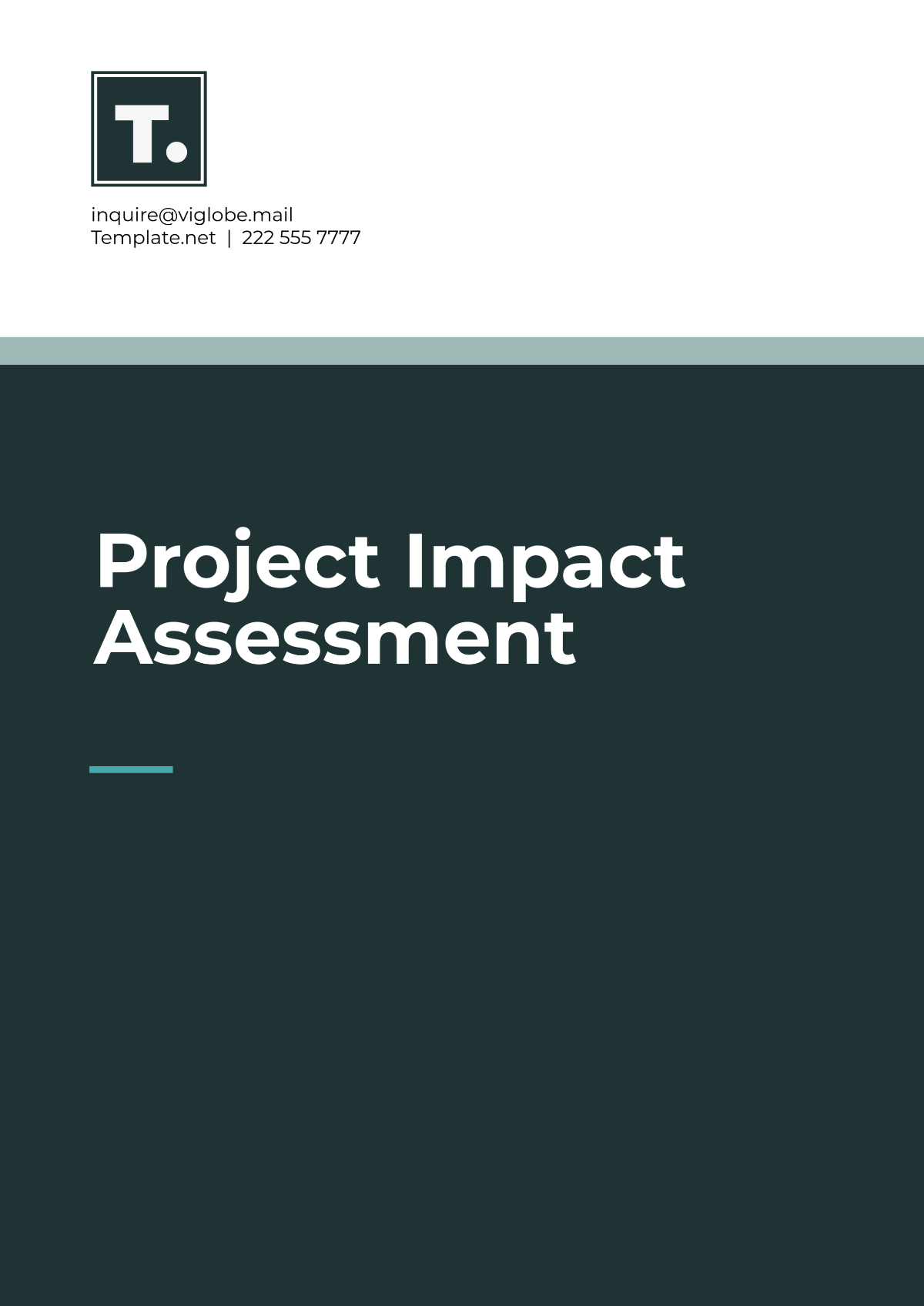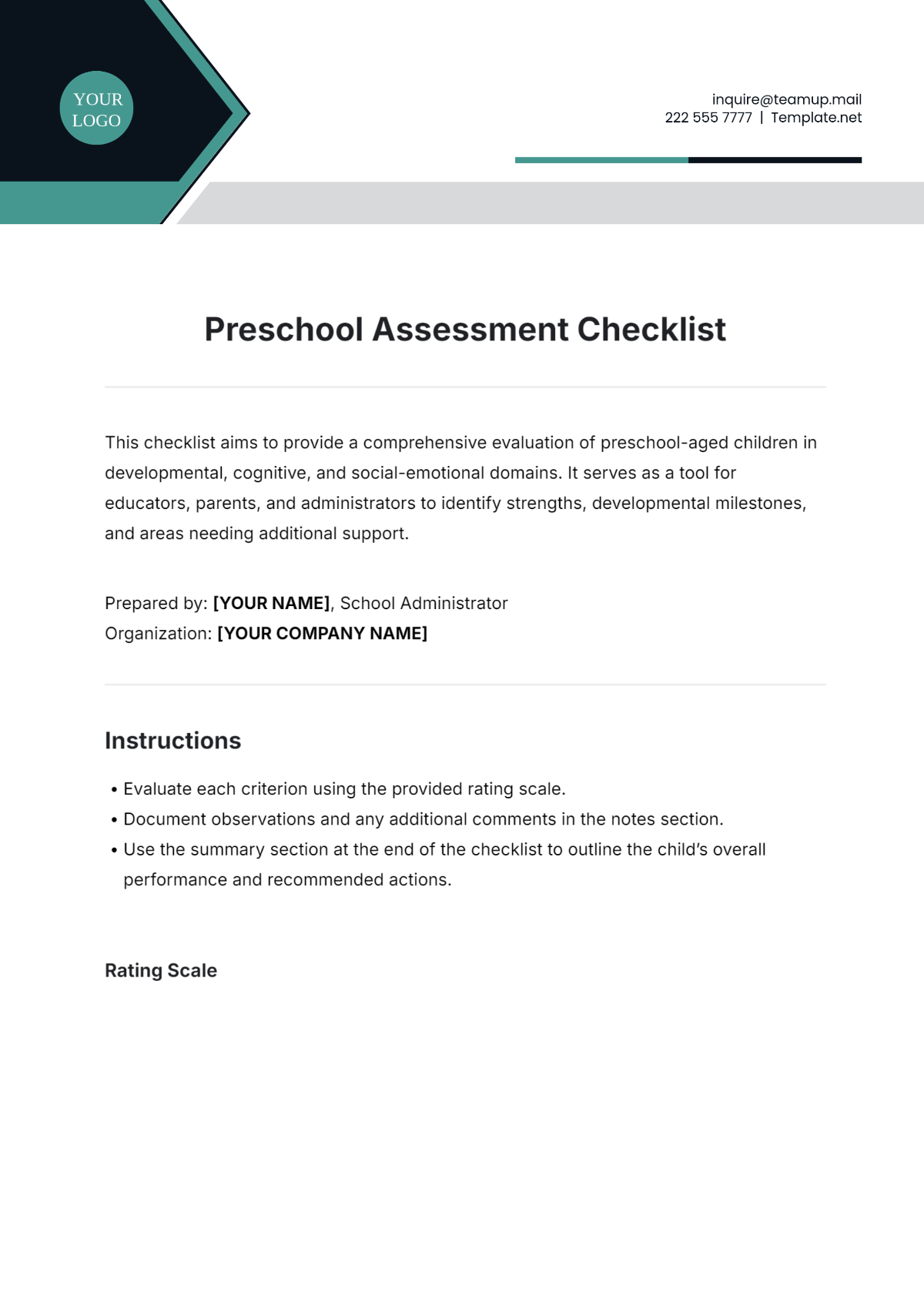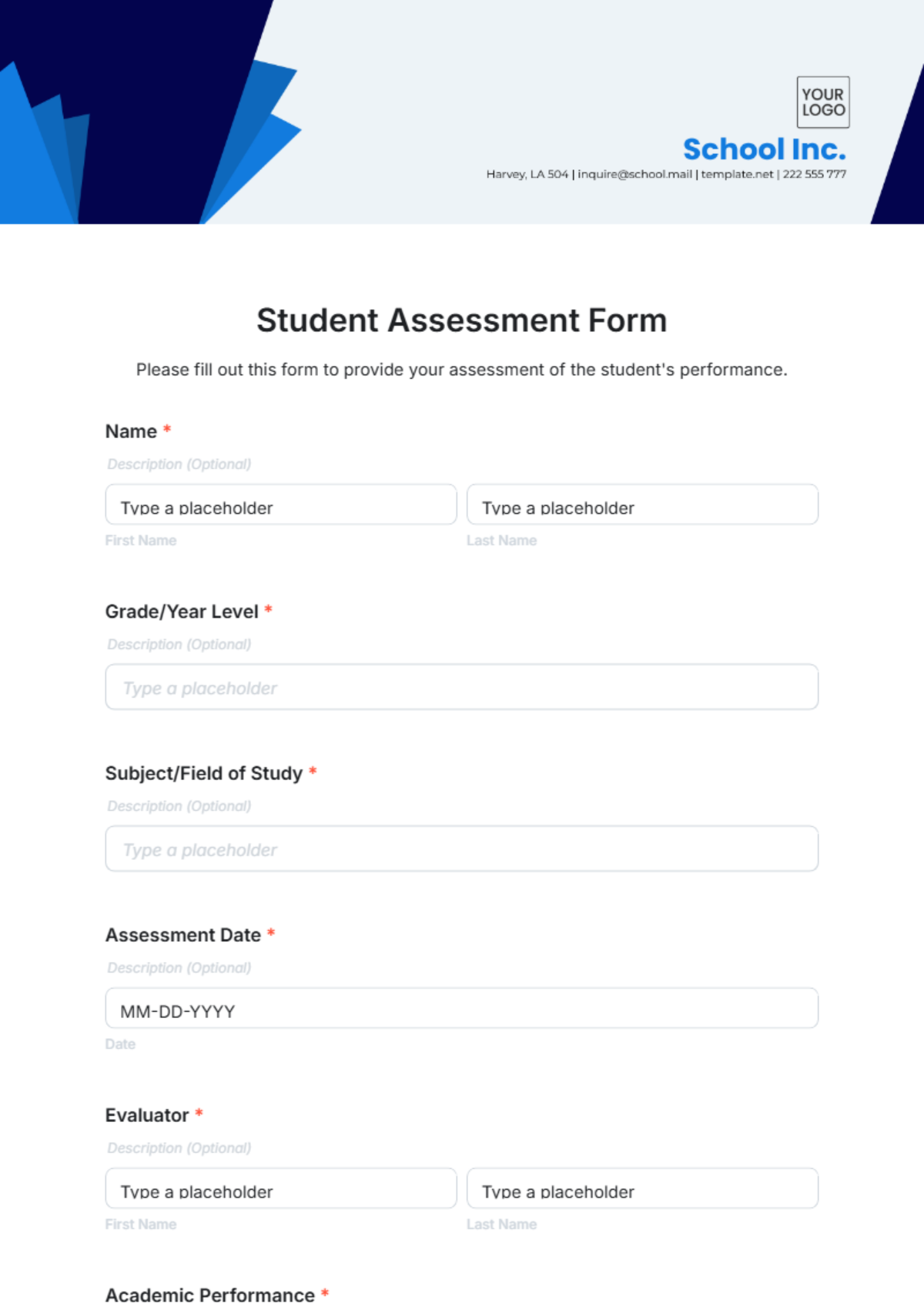Free Site Assessment Field Report Template
Site Assessment Field Report
Prepared by: [Your Company Name]
Date: [Date]
I. Introduction
This Site Assessment Field Report evaluates the environmental, structural, and safety conditions of the designated location, assessing its suitability for the proposed residential development project. The assessment was conducted over three days, from April 12 to April 14, 2051. The comprehensive examination covered various aspects of the site, with a focus on current site conditions, potential risks, and development opportunities. The report aims to provide stakeholders with an informed recommendation based on the collected data, enabling sound decision-making in the planning and implementation stages.
II. Methodology
A. Fieldwork Approach
The site assessment involved a combination of direct field observations, structured interviews with local experts, and a review of historical and recent site data. The assessment was designed to capture both quantitative and qualitative information, ensuring a thorough evaluation of the site. Key instruments used during the assessment included:
Geographic Information Systems (GIS): For precise mapping and spatial analysis of the site and surrounding areas.
Digital Cameras: To document visual conditions and potential hazards through photographic evidence.
Environmental Sensors: To measure real-time environmental conditions, including air quality, soil pH, and water drainage levels.
Drones: For aerial photography and topographic mapping of the site and surrounding landscapes.
B. Data Collection
Data was collected using the following methods:
On-site Surveys and Interviews: Surveys were conducted with residents, municipal representatives, and environmental experts to gather insights into the site's history and ongoing challenges.
Environmental Sampling and Testing: Soil samples, water quality tests, and air quality measurements were taken at key points across the site. Specific attention was given to potential contamination and the presence of hazardous substances.
Review of Existing Reports and Historical Site Data: A thorough review of past environmental reports, land surveys, and planning documents was conducted to understand the site's historical context and prior use.
III. Site Description
A. Location and Setting
The site is situated at the northeast corner of Junction Avenue, spanning approximately 25 acres. The terrain is a mix of flat grasslands, which occupy the central part of the site, and slightly elevated woodland areas on the eastern edge. The site is bordered by residential properties to the south and an industrial zone to the west. A small stream runs along the northern boundary, providing natural water flow but also posing potential flood risks during heavy rains.
The site is approximately 5 miles from the nearest highway and is accessible via a single-lane access road. The surrounding neighborhood is semi-rural, with a mixture of agricultural land, older homes, and light commercial buildings.
B. Existing Infrastructure
The existing infrastructure includes:
Access Road: A single-lane gravel road leads to the site, which currently has limited capacity to support heavy traffic. Road improvements will be necessary to accommodate construction vehicles and future residential traffic.
Barn Structure: A dilapidated barn, once used for agricultural storage, is located near the center of the site. The structure is in poor condition and poses a safety risk, as outlined later in the report.
Fencing: Fragmented fencing lines mark the boundaries of the property, with several areas missing or in disrepair. The fencing provides minimal security and should be upgraded to protect the site during development.
IV. Findings/Observations
A. Environmental Conditions
During the assessment, several key environmental factors were evaluated:
Soil Quality: Soil samples revealed good quality, with no significant contamination. The soil is rich in organic matter and shows potential for supporting landscaping and residential development.
Erosion and Drainage: Minimal soil erosion was observed, but some areas of the site are prone to water accumulation during heavy rains. This is particularly notable along the southern end of the site, where water pooling could lead to localized flooding.
Invasive Species: The presence of an invasive species, Vinca minor, was noted in several sections of the site, particularly near the woodland areas. This species poses a risk to local flora and could affect the site's biodiversity if left unmanaged.
B. Structural Conditions
Barn Structure: The barn was found to have the following issues:
Cracked support beams may lead to structural collapse if not addressed.
Exposed electrical wiring that poses a fire hazard.
Leaking roof panels have allowed water damage to the interior, leading to the deterioration of materials and increased risk of mold.
A detailed structural analysis is recommended to determine whether the barn can be safely restored or should be demolished and replaced.
C. Safety Concerns
Several safety concerns were identified during the site assessment:
Water Accumulation Area: A minor water accumulation area was identified on the southern end of the site, which could pose potential flooding risks if left unaddressed. This area needs to be evaluated further, and drainage improvements should be considered to mitigate flood risks.
Summary of Observations
Aspect | Condition | Notes |
|---|---|---|
Soil Quality | Good | Suitable for the proposed development |
Barn Structure | Poor | Requires assessment for restoration or demolition |
Drainage | Adequate | Potential improvements needed to prevent localized flooding |
Invasive Species | Moderate | Management plan required to prevent ecological disruption |
V. Analysis/Interpretation
The overall site conditions suggest that the location is generally suitable for development. The soil quality is favorable for the construction of residential structures, and environmental concerns such as erosion and water drainage can be mitigated with appropriate interventions. However, the barn structure presents significant risks and should be either thoroughly restored or demolished to ensure safety. The presence of invasive species also poses a potential threat to the site's ecosystem and should be addressed.
VI. Recommendations
Based on the findings and analysis, the following recommendations are made:
Barn Structure: Develop a restoration or demolition plan for the barn. If restoration is pursued, an in-depth structural evaluation should be conducted to ensure compliance with modern safety standards.
Invasive Species Management: Implement a comprehensive invasive species management strategy. This should include targeted removal of Vinca minor and replanting with native species to restore biodiversity.
Flood Risk Mitigation: Conduct a detailed hydrological study to assess the flood risk in the southern part of the site. Design and implement effective drainage solutions, such as swales or retention ponds, to prevent water accumulation during heavy rains.
VII. Conclusion
In conclusion, the site is viable for the proposed residential development, provided that the recommended actions are followed. Strategic interventions such as addressing the barn's structural issues, managing invasive species, and improving drainage are essential to ensure that the development is safe, sustainable, and environmentally responsible. The proposed actions will help mitigate risks and enhance the site's long-term value for future residents.

















































